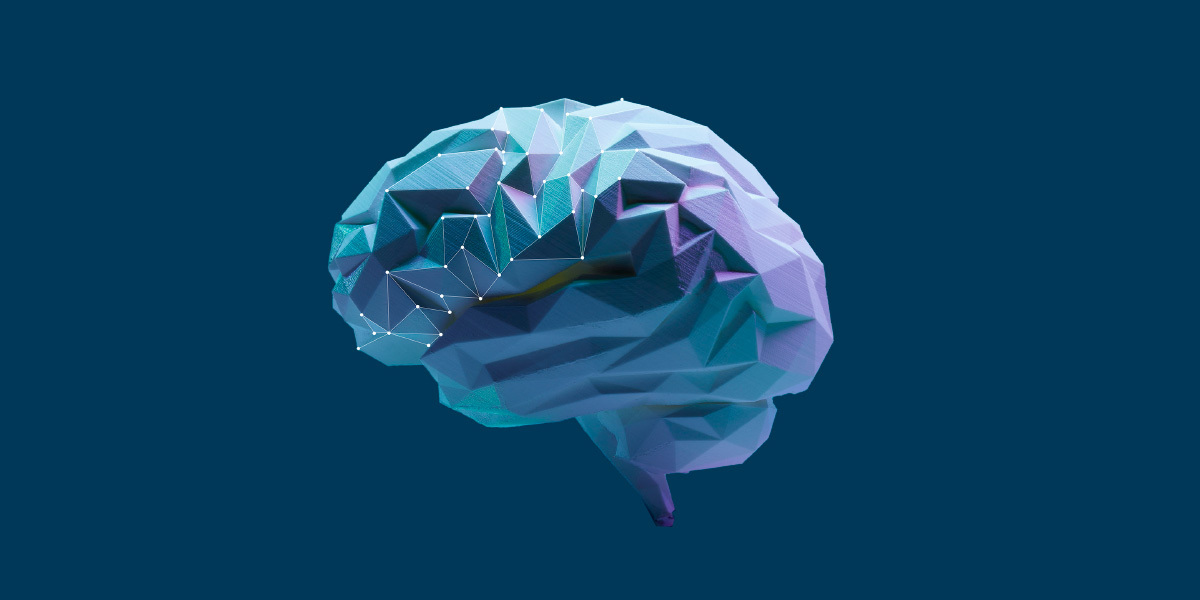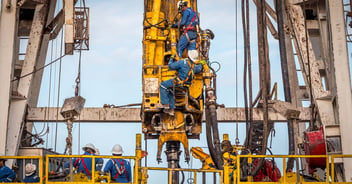We all have mental blind spots, or cognitive biases, which sometimes make us do the opposite of what we should do.
This article is based on our paper ‘The Cognitive Biases of Safety’. Want to jump straight into the paper? Access it here.
It could be that we are inattentive while driving, that we don’t put on the protective equipment properly, or that we start fixing something right away that we should have considered more carefully before we started.
There are several reasons why we have these blind spots. Our brain is highly efficient at making suggestions on handling a situation it recognizes. It can go on autopilot without us noticing that there is something different or abnormal or that the risk is far too high.
Mental blind spots are even more evident when we find ourselves in a situation we didn’t expect to be in. Misunderstandings or a lack of knowledge won’t help the situation.
In addition to this, mistakes are something we often distance ourselves from. Therefore, many will feel it’s uncomfortable or shameful to acknowledge these topics to understand them better and do something about them.
Mental Blind Spots of Safety
Within safety management, we have seen many types of blind spots. But four classes, in particular, are repeated.
Cognitive Bias One
The first bias relates to ourselves and our self-image. We all think we are better at some areas than we are. An example is that 80% of us believe we are better than average at driving a car. It doesn’t work. With this blind spot, driving faster, taking more chances, and being more inattentive will be easier, leading us to think that we can take more chances than we would take without this bias.
80% of us believe we are better than average at driving a car.
Cognitive Bias Two
The second bias is related to fear of how others may react. This fear does not need to be related to outspoken threats. It can simply be a fear of just being judged by others. But the point is that this fear may cause people to make irrational decisions and leave failure unattended.
Cognitive Bias Three
The third bias is related to what we assume others think, often to justify ignorance of failures. We often hear from the workforce that they believe top management is only concerned about profits. These assumptions are often wrong.
When we talk to top managers, they tend to be genuinely interested in safety and believe that the crew are only interested in their salary and don’t care to do the work correctly and safely. At least the crew and the top management have one thing in common – their cognitive bias about how others think.
Cognitive Bias Four
Most of us know how difficult it can be to make teenagers listen to advice. They consider the age gap and quickly dismiss the learning opportunity. A similar response is also often seen in a work situation where the gut response to a learning opportunity is to search for reasons why one can ignore the information rather than searching for what to learn.
Herein lies the fourth cognitive bias: The response to failure and the learning from failure depends upon how relevant the causes and the persons that failed are assumed to be. In other words: If a learning opportunity is about a situation we seldom face or involves people different from ourselves, we can quickly dismiss the learning opportunity as unneeded or irrelevant.
Digging Deeper Into the Cognitive Biases of Safety
It is easy to assume that we are less accident-prone than we indeed are, that standing out is negative, that others don’t care, or that failures are less critical than they are. There are several reasons why we create these blind spots. One reason is that serious accidents, fortunately, rarely happen. We base our experience on routine work with a successful outcome. Therefore, only some of us have experienced it going genuinely wrong.
We all harbor these four groups of mental blind spots, and they may impact the risk of major incidents. Hence, we all should acknowledge and reduce them as much as possible. We can even help each other in the process.
While identifying these cognitive biases of safety may be obvious, they’re often more difficult to address and adjust. Through thorough research, we’ve compiled a scientific paper on the subject, which we hope will give you great insight into the topic. It’s free to download.








